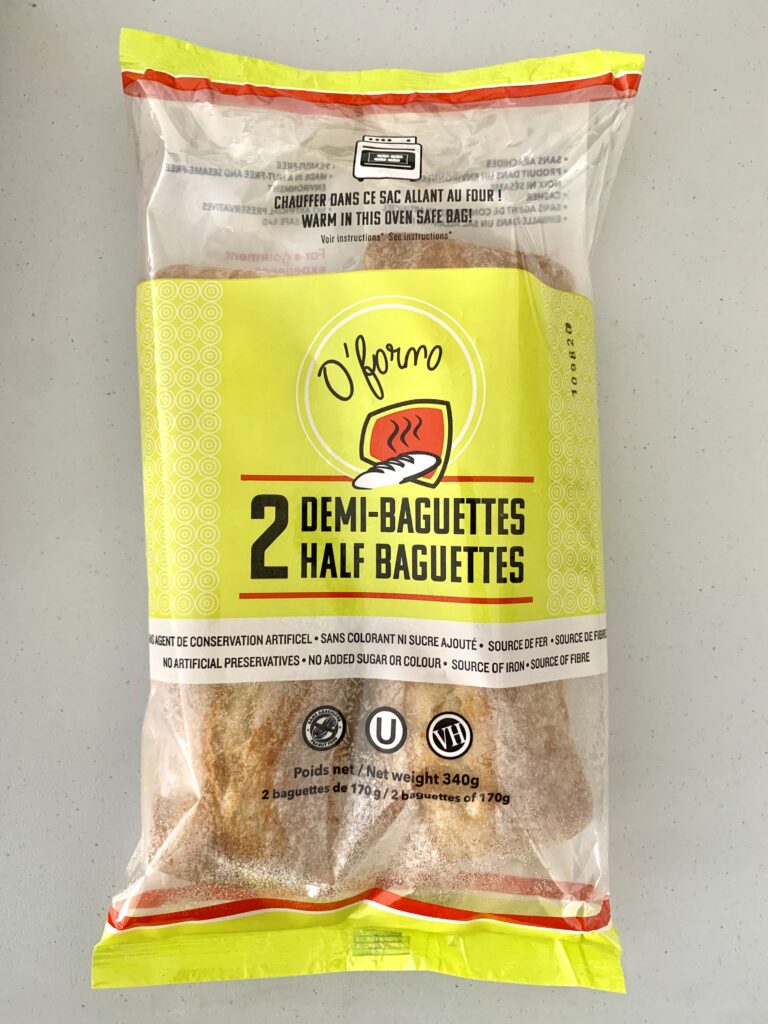
Flexible packaging is a type of packaging that can bend and mold easily. It plays a crucial role in the retail food industry. Now, let’s dive into the top 5 benefits of flexible packaging. We’ll explore how it extends the shelf life of food, makes it convenient and portable for consumers, enhances product visibility and branding, promotes sustainability, and provides cost-efficiency and supply chain benefits. Discover why flexible packaging is a game-changer in the retail food world!
When it comes to keeping food fresh, flexible packaging takes the spotlight. The secret lies in its ability to preserve food freshness. The materials used in flexible packaging create a barrier against oxygen, moisture, and light, protecting the contents from spoilage.
This means that perishable items, such as fruits, vegetables, and dairy products, can stay fresh for longer periods. As a result, flexible packaging helps reduce food waste by preventing premature spoilage and extending the product’s shelf life.
Innovative technologies are constantly being developed to enhance shelf life even further. For example, modified atmosphere packaging (MAP) adjusts the composition of gases inside the packaging to slow down the natural deterioration process.
Vacuum-sealed packaging removes air from the package, minimizing the growth of bacteria and mold. These specific flexible packaging solutions play a vital role in keeping food fresher for longer, reducing waste, and ensuring a more sustainable approach in the retail food industry.
Flexible packaging brings convenience and portability to the forefront of the retail food industry. For consumers, it offers a hassle-free experience. The lightweight nature of flexible packaging makes it easy to handle, carry, and store. Plus, it often comes with user-friendly features like resealable closures, tear notches, and portion control options, allowing for easy access and portion management.
The impact of flexible packaging on on-the-go eating habits and snacking trends cannot be ignored. With our busy lifestyles, we often find ourselves eating on the move. Flexible packaging caters to this need by providing individual servings or grab-and-go options. Whether it’s a quick snack or a complete meal, flexible packaging allows us to enjoy our food conveniently without compromising on taste or quality. It’s a win-win situation for both consumers and the retail food industry.
Visual appeal plays a significant role in capturing the attention of customers, and flexible packaging excels in this aspect. Packaging is often the first thing that catches our eye on store shelves. It serves as a powerful marketing tool, enticing us to pick up the product and learn more about it.
Flexible packaging acts as a canvas for creative branding and design. Its flexibility allows for unique shapes, vibrant colors, and eye-catching graphics. This offers businesses an opportunity to showcase their brand personality and differentiate themselves from competitors. From playful patterns to sleek and minimalist designs, flexible packaging can be tailored to reflect the essence of the product and attract the target audience.
Flexible packaging offers significant environmental advantages, making it a sustainable choice for the retail food industry. One of the key benefits is its efficient use of materials. Unlike traditional rigid packaging, flexible packaging uses fewer resources during production and requires less energy for transportation. This means reduced greenhouse gas emissions and a smaller environmental footprint.
Additionally, flexible packaging is lightweight, which further contributes to its eco-friendliness. The reduced weight translates to lower fuel consumption during shipping, decreasing carbon emissions and helping combat climate change. Furthermore, its flexible nature allows for more efficient use of space, maximizing the number of products that can be transported in a single shipment.
Flexible packaging has a lower carbon footprint compared to traditional packaging materials like glass, metal, or rigid plastics. The production of flexible packaging generates fewer greenhouse gas emissions, conserves water, and requires less energy. Moreover, its lightweight properties reduce transportation emissions during the distribution process.
In recent years, there have been significant innovations in recyclable and biodegradable flexible packaging materials. Manufacturers are increasingly using materials like bioplastics derived from renewable resources, which can break down naturally over time. Additionally, recycling technologies have advanced, allowing more flexible packaging to be recycled effectively. These developments signify a positive shift towards more sustainable practices in the retail food industry.
One of the significant benefits of flexible packaging in the retail food industry is its cost-effectiveness. Flexible packaging materials are generally more affordable compared to traditional rigid packaging materials like glass or metal. The production processes for flexible packaging are often simpler and require fewer resources, resulting in cost savings for manufacturers.
Flexible packaging offers advantages when it comes to transportation and storage costs. Its lightweight nature means less fuel is required to transport products, reducing transportation expenses. Moreover, flexible packaging takes up less space than rigid alternatives, allowing for more efficient use of storage areas. This can result in cost savings for businesses, especially in terms of warehouse rental or storage facility expenses.
The flexibility and versatility of packaging play a crucial role in improving efficiency in the supply chain. Flexible packaging can be easily adapted to different product sizes and shapes, reducing the need for multiple packaging formats. This simplifies inventory management, streamlines production processes, and minimizes packaging waste. Additionally, the compact and stackable nature of flexible packaging facilitates easier handling, loading, and unloading, leading to improved overall supply chain efficiency.
Flexible packaging offers numerous benefits for the retail food industry. We have explored its top 5 advantages, including extended shelf life, convenience, and portability, enhanced product visibility and branding, sustainability, and eco-friendliness, as well as cost-efficiency and supply chain benefits.
The growing importance of flexible packaging in the market cannot be overlooked, as it addresses consumer needs and aligns with sustainable practices. To stay competitive in the industry, businesses are encouraged to explore flexible packaging options.
Doing so can enhance their product’s shelf life, attract customers with appealing designs, reduce environmental impact, and optimize their supply chain operations. Embracing flexible packaging is a strategic move that benefits businesses and contributes to a more sustainable and efficient retail food industry.